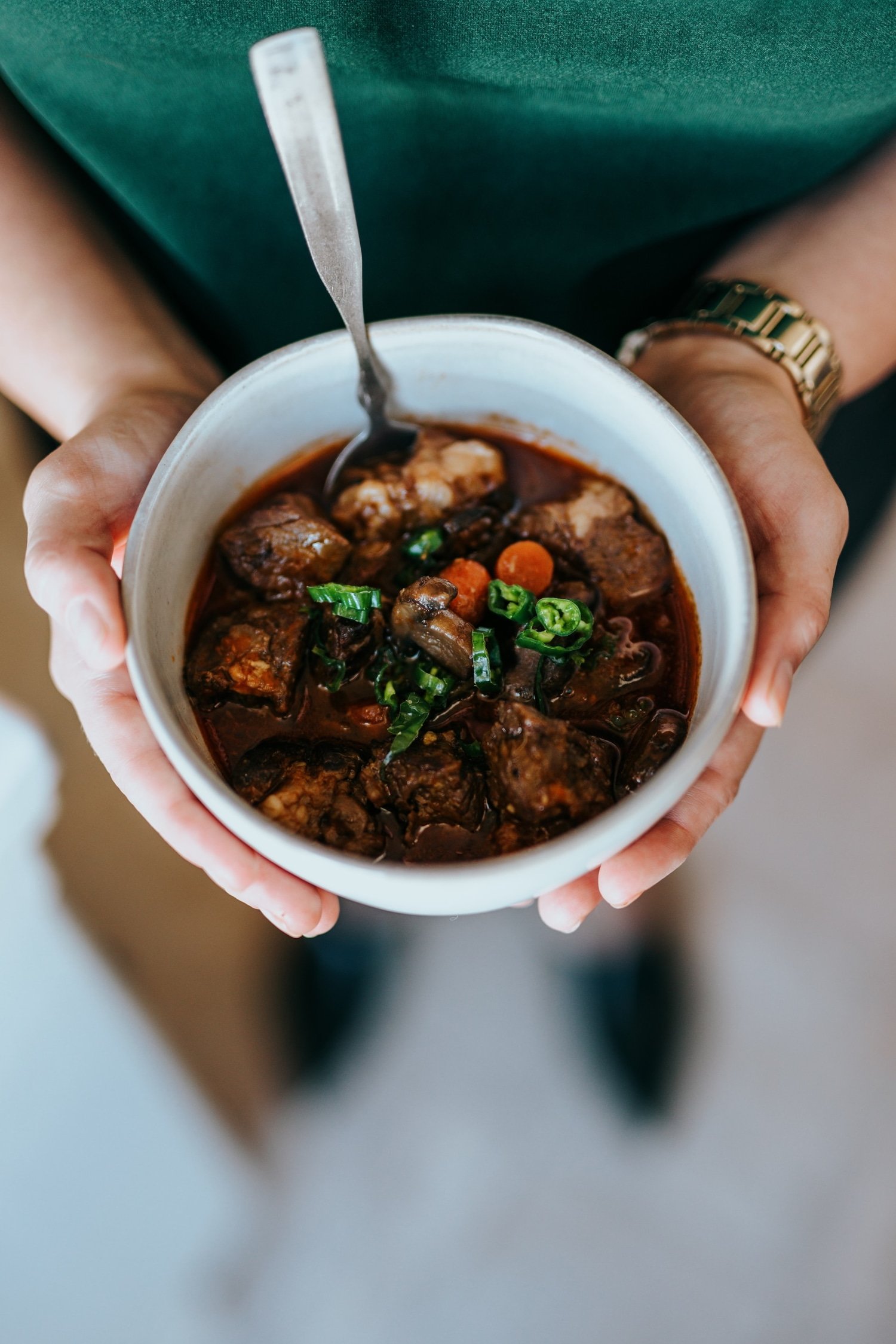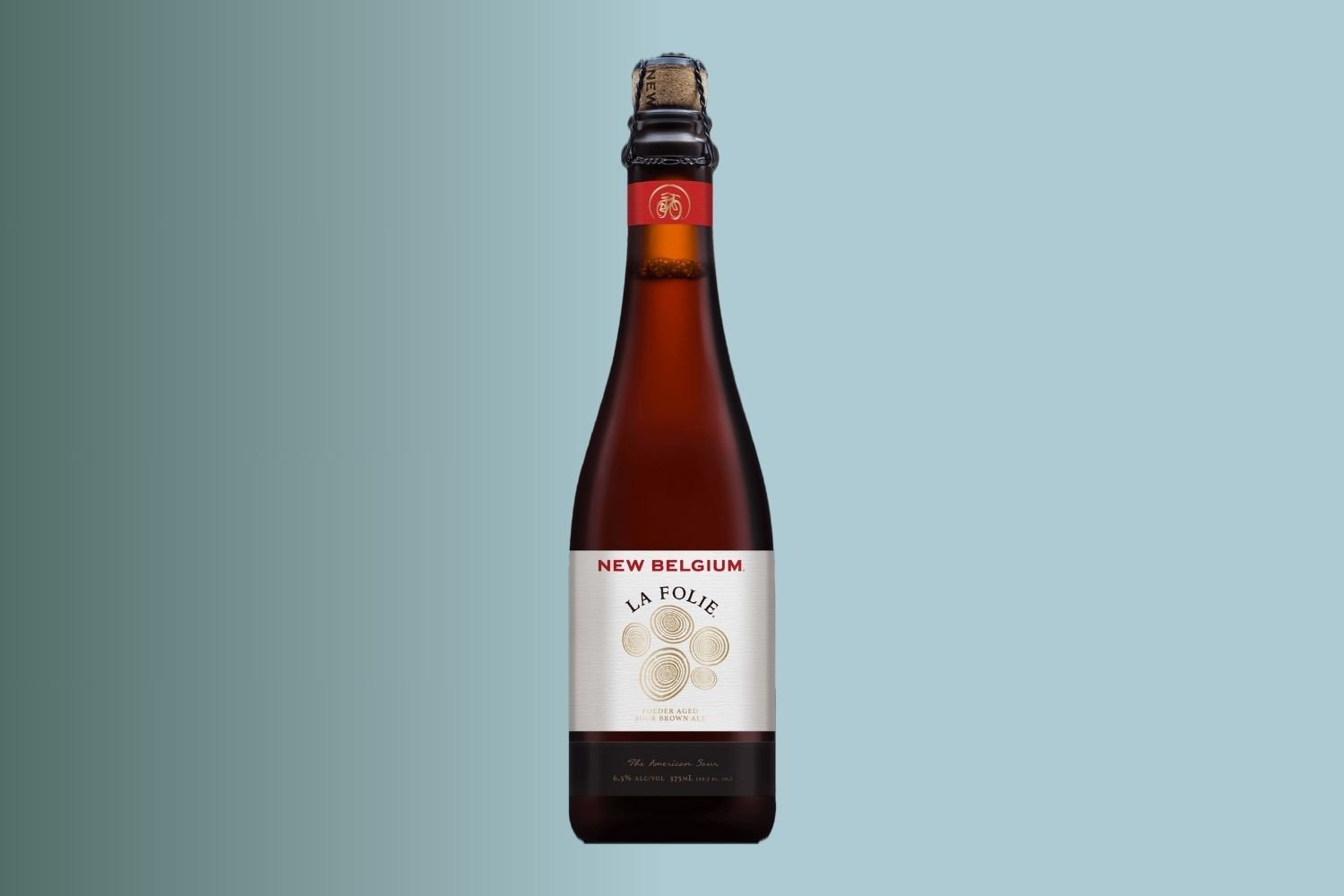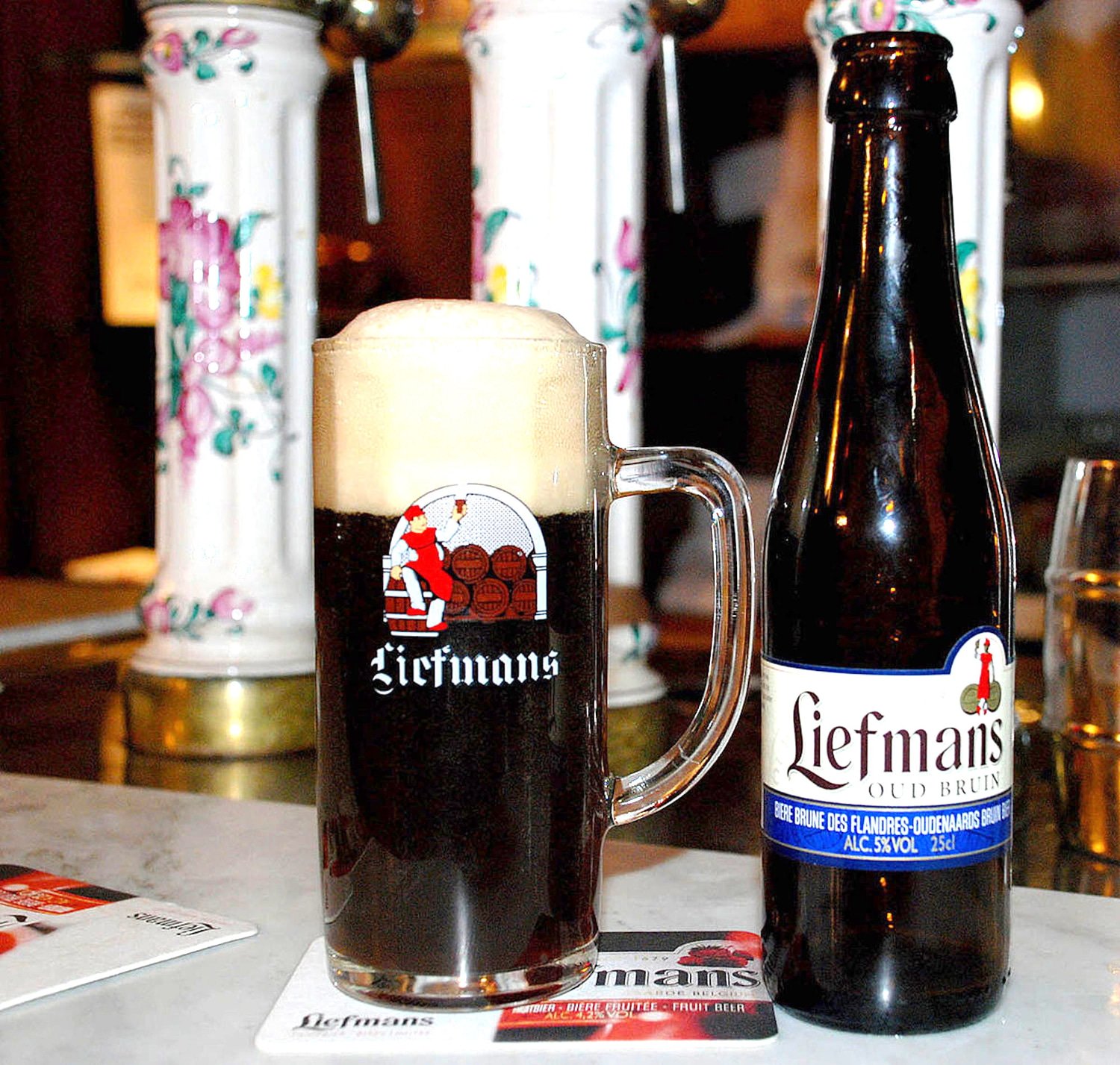Beer Style Guide: Get to Know Flanders Red/Oud Bruin
Beer Style Guide - Flanders Red Oud Bruin
Belgium may only be the size of Maryland, but its beer culture has spawned many interesting and wonderful beers, including the sour styles of Flanders: oud bruin and Flanders red. Red and brown beers have been brewed in Belgium for centuries and today’s versions may be a tad different thanks to advances in malting and fermentation but old time techniques are still employed at many of the breweries making these styles.
History of Flanders Red
Flanders red is from West Flanders and known famously by Rodenbach, a brewery dating from 1821 in the town of Roeselare. Flanders reds are brewed using saccharomyces yeast and then the barrel aging adds a variety of bacteria and wild yeast. The malt bill can be pale and caramel malts plus the addition of corn. The beer is typically aged for up to two years in large oak vessels called foeders and then can be blended to create various versions of Rodenbach. Regular Rodenach is 2/3 young to 1/3 aged while the “Grand Cru” version is usually 2/3 aged to 1/3 young. Fruited versions also exist like Rodenbach Alexander, which is flavored with sour cherries. I toured the Rodenbach brewery in 2015 and it may be my favorite beer memory of all time, walking through their cellar called the “foeder forest.”
History of Oud Bruin
Oud bruin is from East Flanders and has been historically made for centuries, with Liefmans brewery making some form of the style since the 17th century. Modern oud bruins use saccharomyces yeast but they also add lactobacillus for tartness. The grain bill is similar to Flanders Red with maybe darker malts as well. Many modern oud bruins are aged in stainless steel fermenters rather than oak barrels. The beer is also blended. Liefmans original is 4-8 month old blends while the higher ABV Goudenband version is a blend of beers aged for up to a year.
Tasting Notes
With flavors, I get more cherry and almost a pleasing ketchup/balsamic note from Flanders reds. There’s a hearty fruitiness mingled with the acetic acid (I think that’s where the ketchup flavor is coming from since acetic acid is what is used to make vinegar) that works very well. With oud bruin, the sour is more subtle and there are flavors of coffee, raisin, caramel and chocolate.
Pairings
Carbonnade Flamande
One of the most unique pairings comes from the book The Brewmaster’s Table where author and Brooklyn Brewery Brewmaster Garrett Oliver mentions oud bruin and lobster. I have never tried this pairing, but I trust Oliver’s palate and knowledge so this is one decadent pairing to seek out. I like Flanders reds with beef stews like the satisfying Belgian dish carbonnade flamande.
Beers to Try
Rodenbach Grand Cru
Rodenbach Grand Cru
The largest maker of this style, Rodenbach is a delight. The Grand Cru, aged longer and blended with less fresh beer, is delicious as an aperitif before a large meal. Easy to find most places in America with an accessible price to match.
New Belgium La Folie
One of the American classics, La Folie is a Flanders Red ale that, even though it was made in Fort Collins, Colorado, tastes exceedingly Belgian. It also boasts the oldest continuous souring culture in America from their own range of foeders.
Liefman’s Oud Bruin
An excellent example of the classic style with notes of chocolate and caramel that mingle well with the tartness. The original is 5% while the extra special “Goudenband” is 8% ABV.





